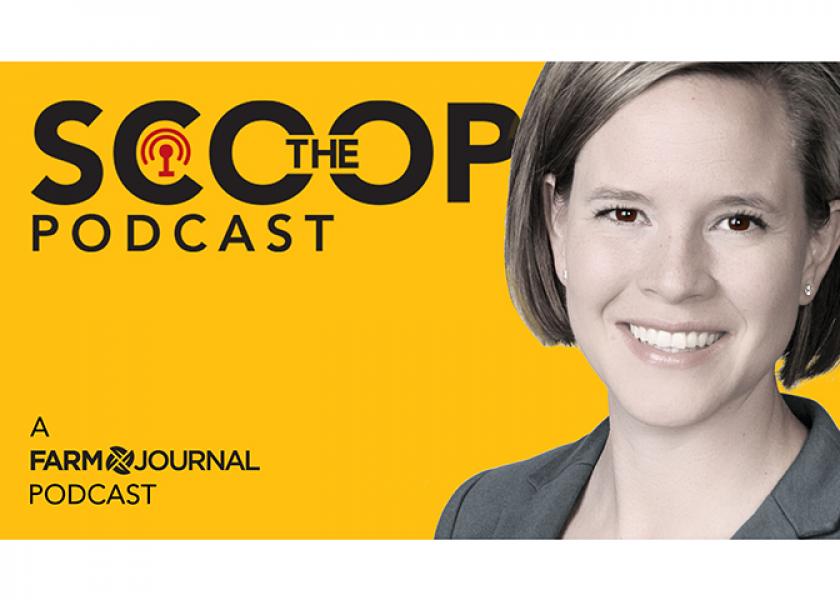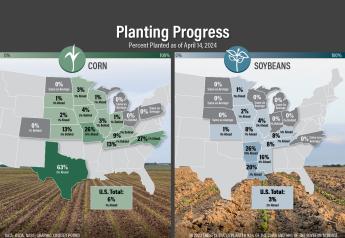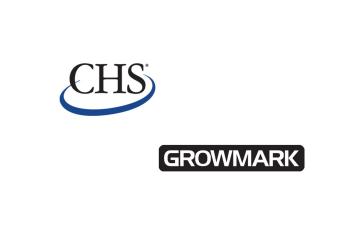"Better Late Than Never” Changes to Seasonal Ag CDL Program

Richard Gupton from ARA gives an update on two positive changes for ag retailers to the Federal Motor Carrier Safety Administration’s seasonal ag CDL program.
He shares in September the Federal Motor Carrier Safety Administration put in a final rule changes to the seasonal ag CDL program.
“We view it as ‘better late than never’ that they issued this final rule because it was in the bipartisan infrastructure bill that was passed by Congress last year. So it’s several months after the fact, but we're glad they finally took that step,” Gupton says.
Previously the program had been for 180, but now, it is extended to 210 days.
“This provides an additional 30 days of flexibility for our members,” Gupton says. “When there’s changes in seasons and timing, ag retailers are able to hire those drives that are going to be desperately needed to move product in a timely way.”
So the first update is the additional 30 days, and the second update is now the program is now aligned by the calendar year.
“The 12-month window that they look for in those 210 days is January 1 until December 31,” Gupton outlines. “No longer will you have the overlap from year to year. With issues when the weather caused one season to start earlier, in the past, it prevented our members from being able to hire these drivers. And it provides more flexibility by looking at the calendar year versus overlapping a previous year,” Gupton says.
The final rule means the new seasonal ag program outlines will go into effect in 2023, however, the 24 states that participate in the program will need to take their own action.
“The states have to implement these changes at the state level, and some may be quicker than others. We're engaging with our members and we've notified them as well as the state agribusiness associations–I know several of them have already weighed in with their state agencies and state lawmakers to try to get those changes in place before the 2023 season. So it may take some time depending on which state your business operations are in,” Gupton says.
Gupton says this development is particularly helpful as this previous year’s entry-level driver training program that went into effect for the CDL program has become a barrier to entry.
“It costs between $6,000 to $8,000 to train these new drivers under this regulation,” Gupton says. “If you’re somebody looking to try to get your CDL, and if you are having to foot that bill yourself and don’t have a potential employer to pay for it, just think how much more difficult it becomes to become a commercial driver.”
Gupton says there’s legislation that would exempt the agricultural industry, which is something to watch.
He also shares why Process Safety Management is back on the radar for ARA and why ag retail-ers should be aware. Listen to The Scoop podcast as Gupton shares more on EPA and OSHA activities for ag retailers to watch.







